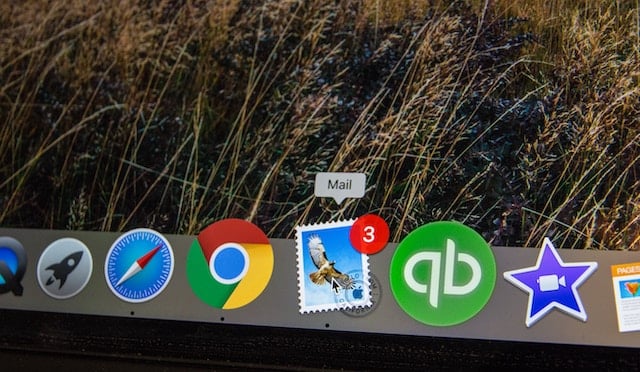 This is the first in a new series featuring HubSpot customer stories, in their own words. To learn how you can tell your story, read on.
This is the first in a new series featuring HubSpot customer stories, in their own words. To learn how you can tell your story, read on.

Segmenting on Lead Grade Yields 3X More Clickthroughs
When working retail, you always want to know the difference between those who can buy from you, and those who are just looking. Once you know who those most engaged customers are, you can focus more attention on them. This allows you to focus more energy of those who are most likely to click on your links, buy your product, or in my case, hire me to speak.
With my website retaildoc.com, I wanted to harness that ability to discover who, in my huge list of contacts, were the most engaged.
Now, I should tell you: I write. A lot.
As a retail expert, the more I write, the more likely I am to attract owners and C-level executives of major brands who can pay my speaker fees, associations that can present me at their conferences, and small businesses that can buy my products. In fact, my retail sales training really appeals to luxury-brand retailers.
Now, it would be great if I could just scan my list for @tiffanys.com, or @hermes.com, but many of the executives of these companies use their personal e-mail addresses instead of their business addresses to sign up for my materials.
I used to segment my list by how the individuals came to me, whether they filled out a form as an audience member at one of my speeches, downloaded a report, or signed up to receive my newsletter, etc. Like a navel orange, I had a lot of segments but not a lot of juice.
The problem with all that segmentation was that it still didn't tell me how engaged these people were to me.
Using HubSpot, I segmented my list into just two buckets: those who came in through a call-to-action (CTA), and those who were already on my list. I could see that the non-imported list yielded a higher click-through rate than my imported names, but only by a percentage point or so.
I read HubSpot's 5 Savvy Ways to Segment Your Marketing Emails, but it didn’t really fit for me.
That’s when I started experimenting with the HubSpot Lead Grader. I created a list of people with a lead grade higher than 70 and another with a lead grade less that was less than 70. Because I have so many calls to action, so many services, and so many ways for customers to engage with me, I felt that someone who rated above 70 would be more likely to want to hear from me.
What I found was that while the list of leads graded above 70 had half as many names, they generated nearly three times more unique clicks than the much larger list with a lead grade under 70.
I have several new products coming out in 2012. Knowing who is most engaged with my content and who isn't will allow me to segment my list even more, and to further fine-tune my offers.
Yes, a person who received a lead grade of 100 could just be another consultant grabbing all my stuff, but that risk is miniscule when compared with the opportunity of knowing who are the most engaged leads interacting with my site.
With HubSpot’s lead grader and other tools, I’ll be segmenting my list even more. And by using a CTA to build a dynamic list that will address the areas of interest that most engage my top leads, I will continue to grow my retail sales training retail sales training business.
For me, HubSpot’s orange logo makes sense because they help me not just segment the whole, but showed me how to zero in on the juiciest segment.
This blog article was written by Bob Phibbs, a HubSpot customer since August 2010. Bob is known as the Retail Doctor® and is the author of The Retail Doctor’s Guide to Growing Your Business (Wiley). He has helped thousands of businesses increase their sales in every major industry, including the hospitality, manufacturing, service, restaurant, and retail trades. Follow him on Twitter@theRetailDoctor.





![Plannuh Builds Product With the Customer at the Forefront [Customer Story]](https://53.fs1.hubspotusercontent-na1.net/hubfs/53/IMG_0128-3.jpg)
![How One HubSpot Customer Uses Pop-Up Forms and Workflows to More Intelligently Help Customers [Customer Story]](https://53.fs1.hubspotusercontent-na1.net/hubfs/53/inbound-lorax-ff7a59-light.jpg)


![How TurboTenant Makes Property Management Easy With HubSpot [Customer Story]](https://53.fs1.hubspotusercontent-na1.net/hubfs/53/unique-balcony-architecture.jpg)
![How to Become a HubSpot Influencer in 5 Easy Steps With the HubSpot Community [Customer Story]](https://53.fs1.hubspotusercontent-na1.net/hubfs/53/busy-hands-typing-in-flatlay.jpg)